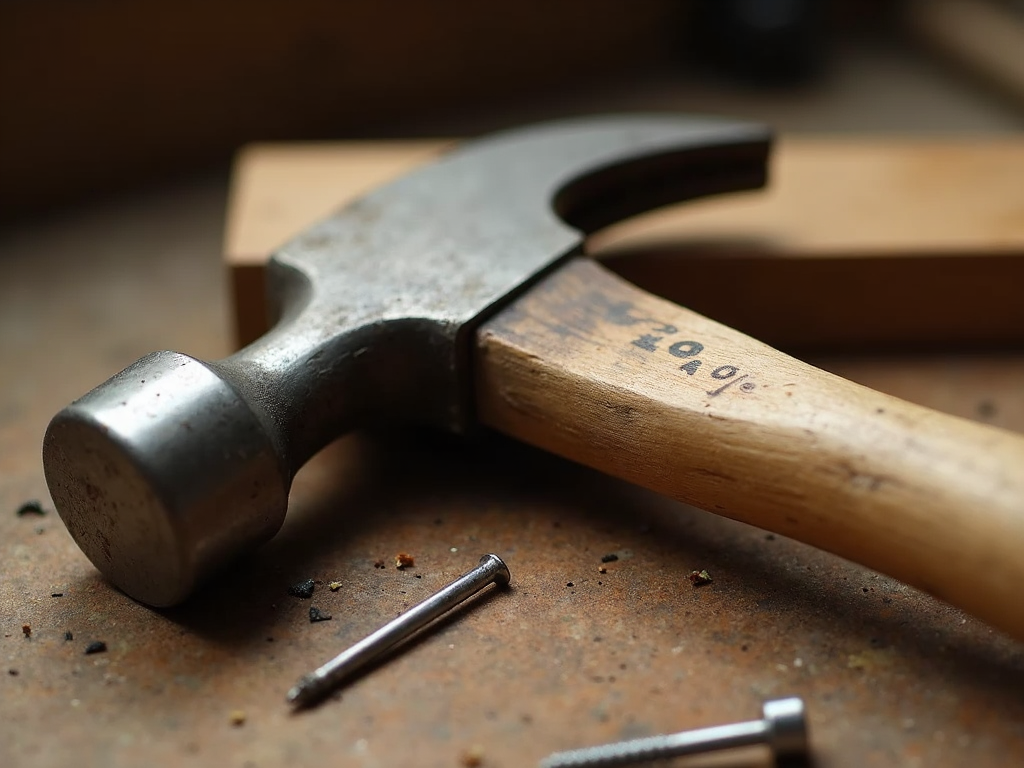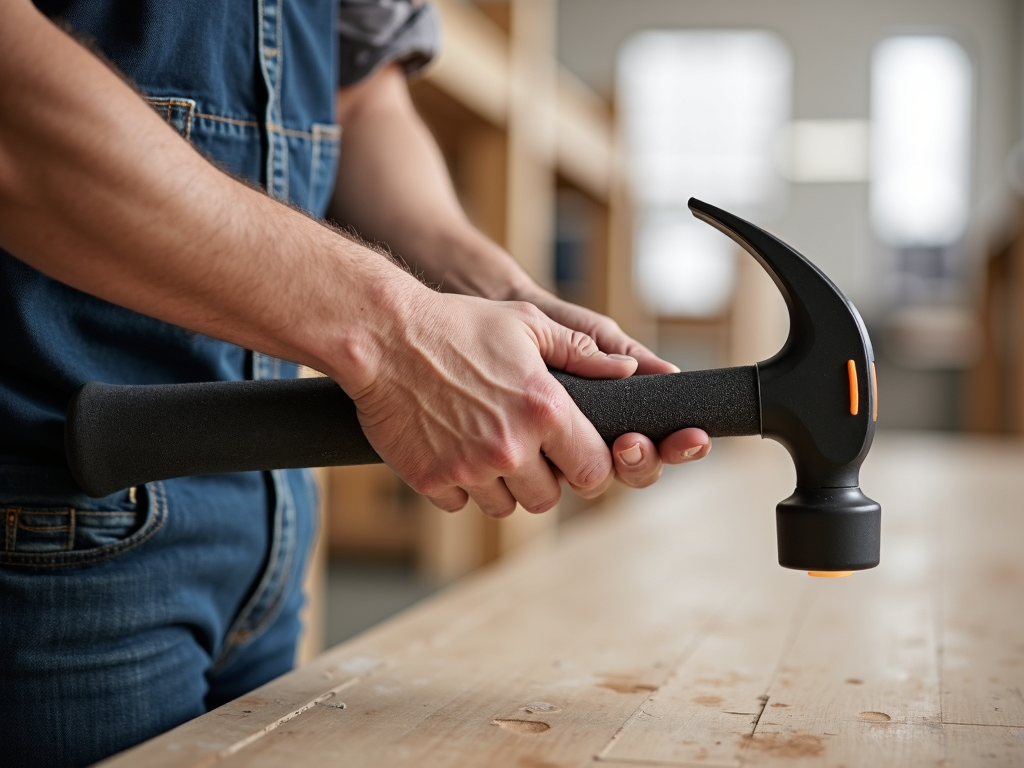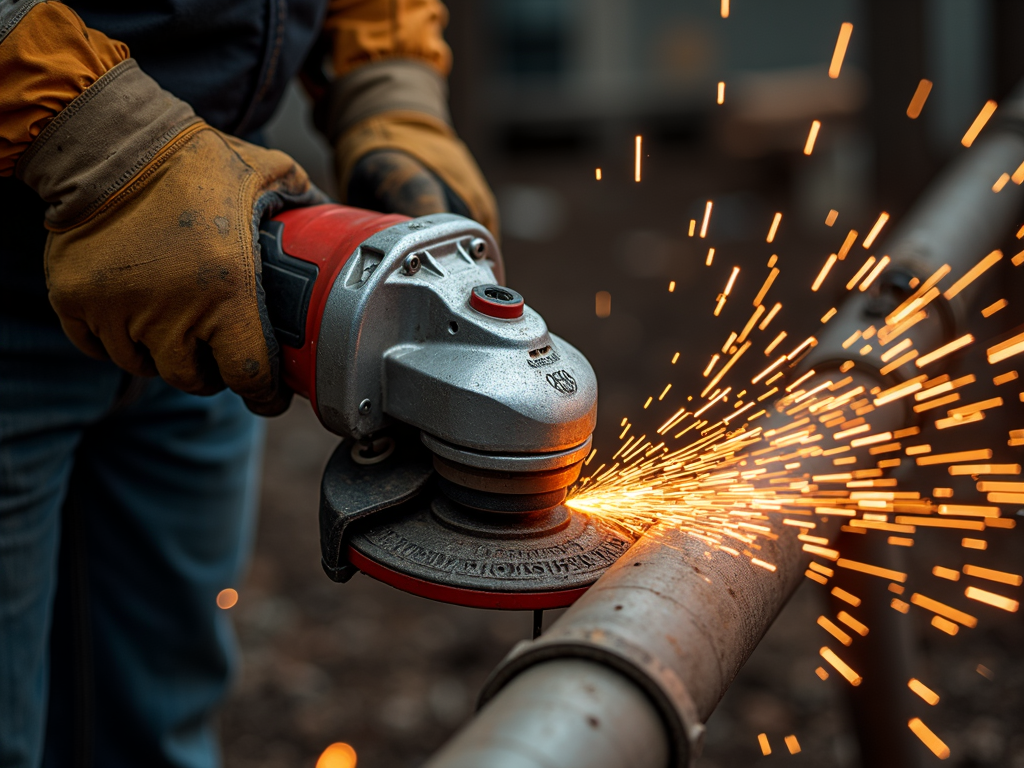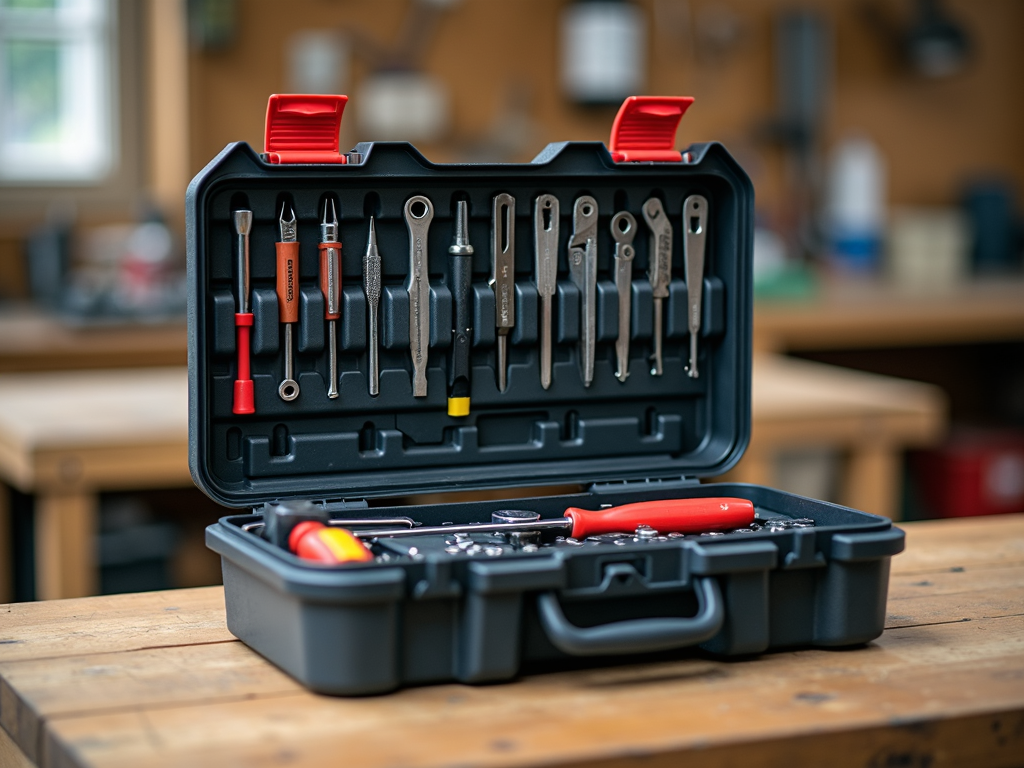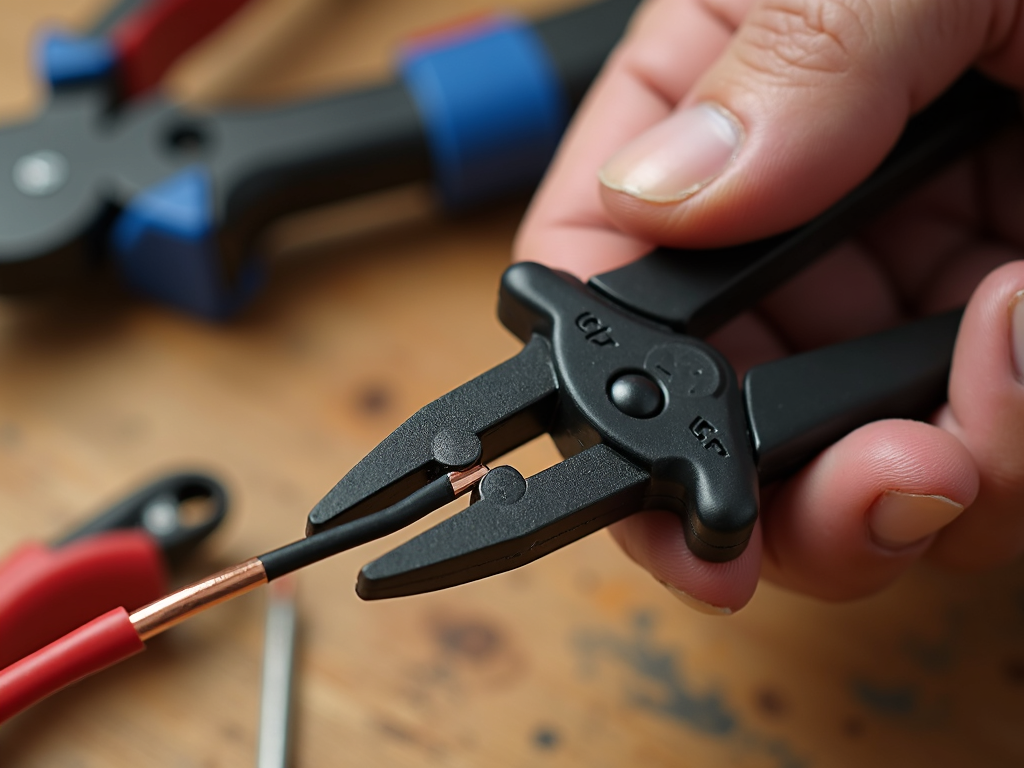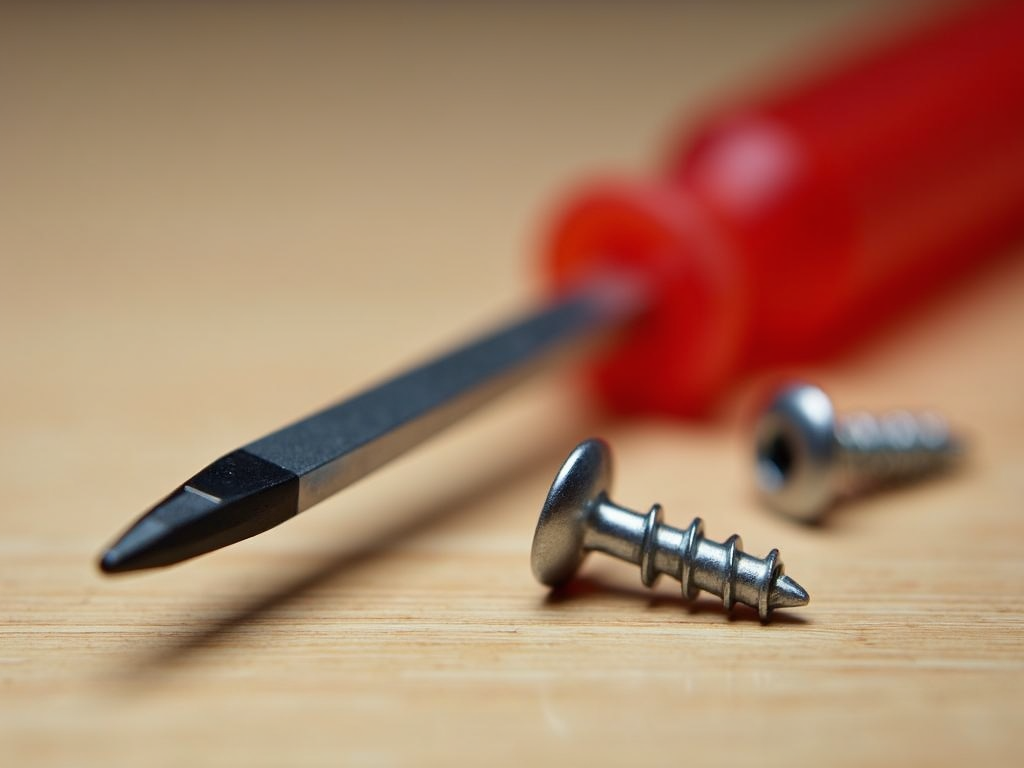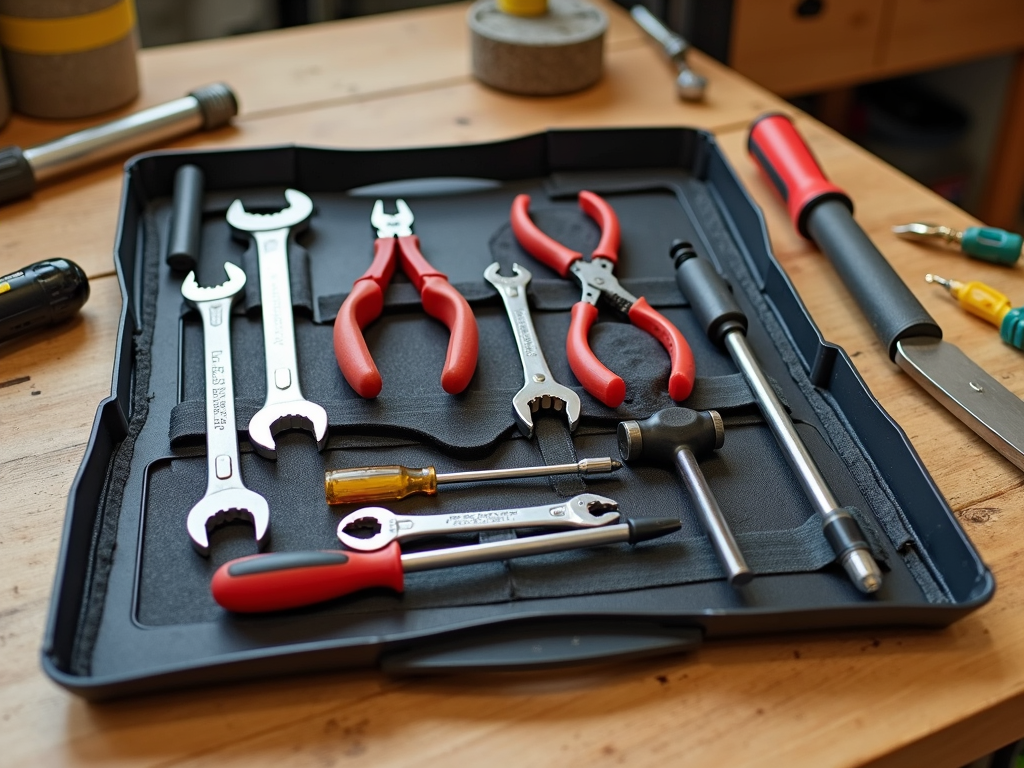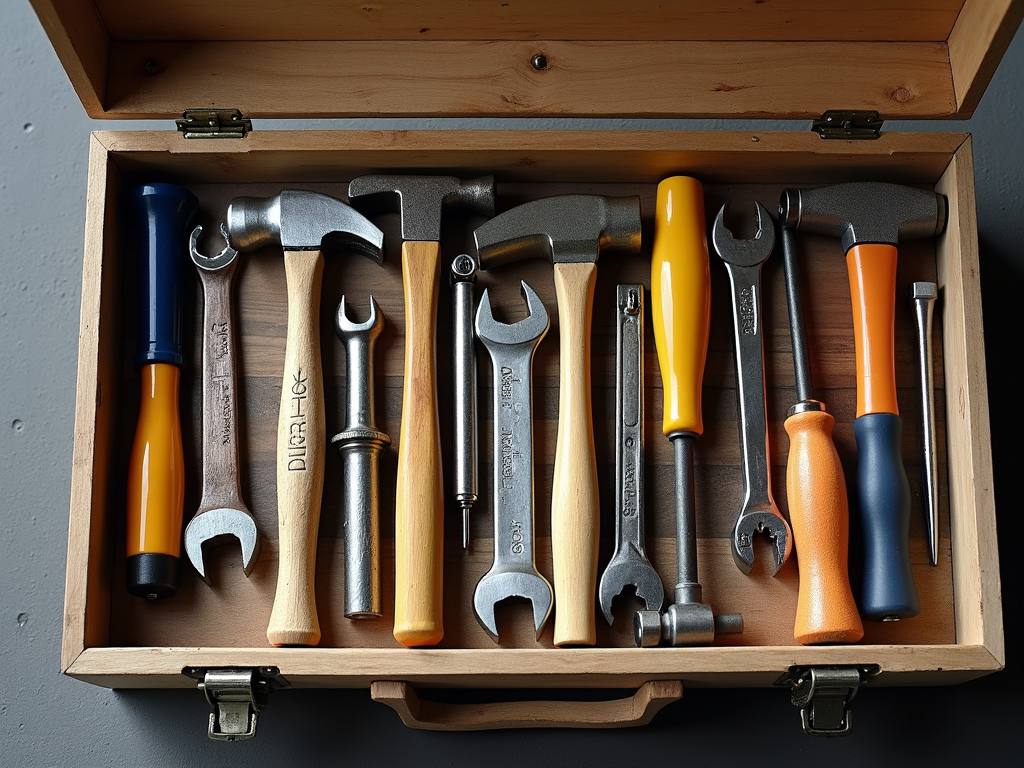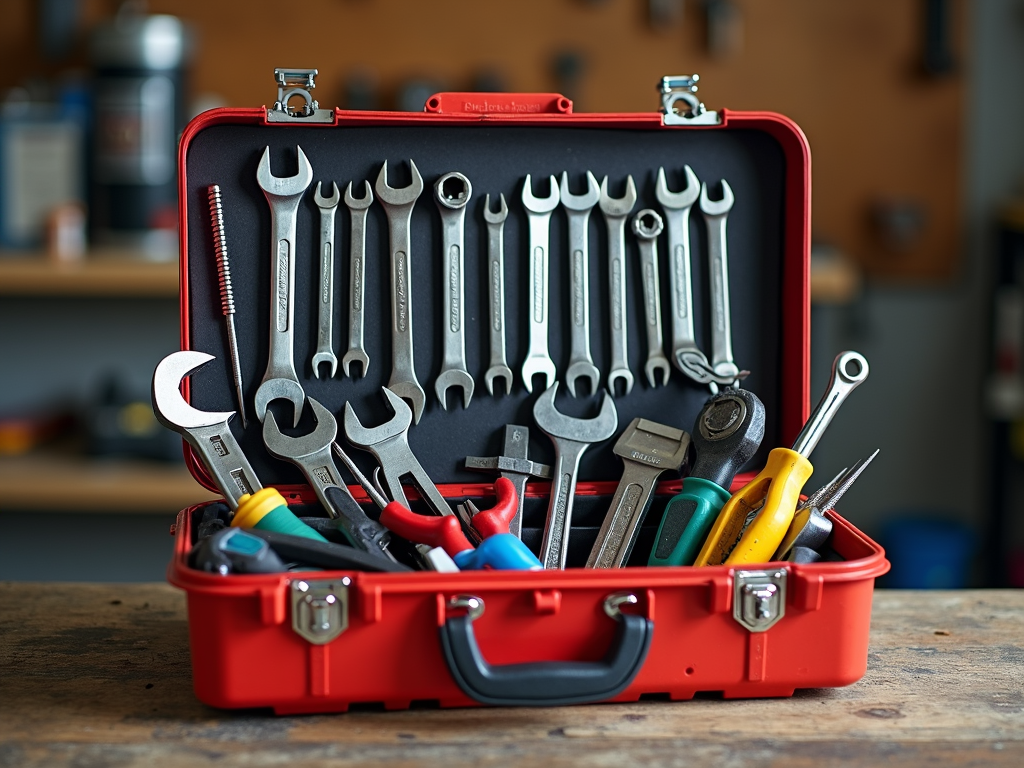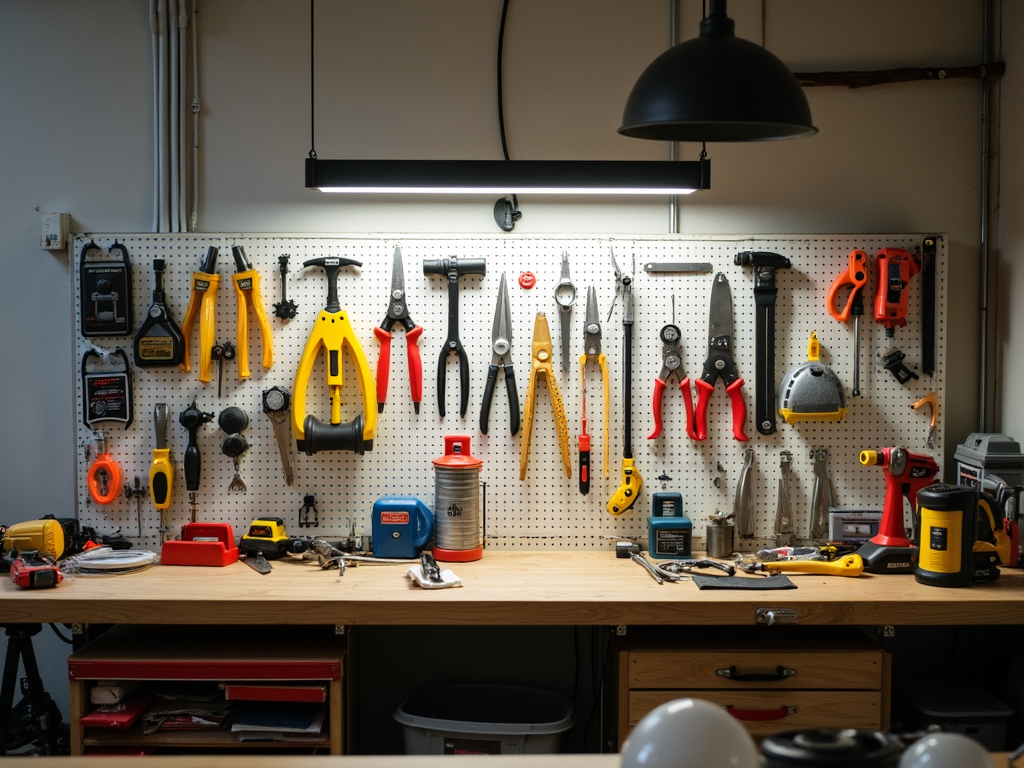Workshops are spaces of creativity and productivity, but they can also be hazardous if safety isn't prioritized. Whether you're a seasoned craftsman or a beginner, understanding and implementing safety measures is crucial. This guide offers practical safety tips, insights on maintaining your tools, and advice on creating a secure workshop environment. From wearing the right gear to keeping your space organized, these tips will help you work confidently and safely.
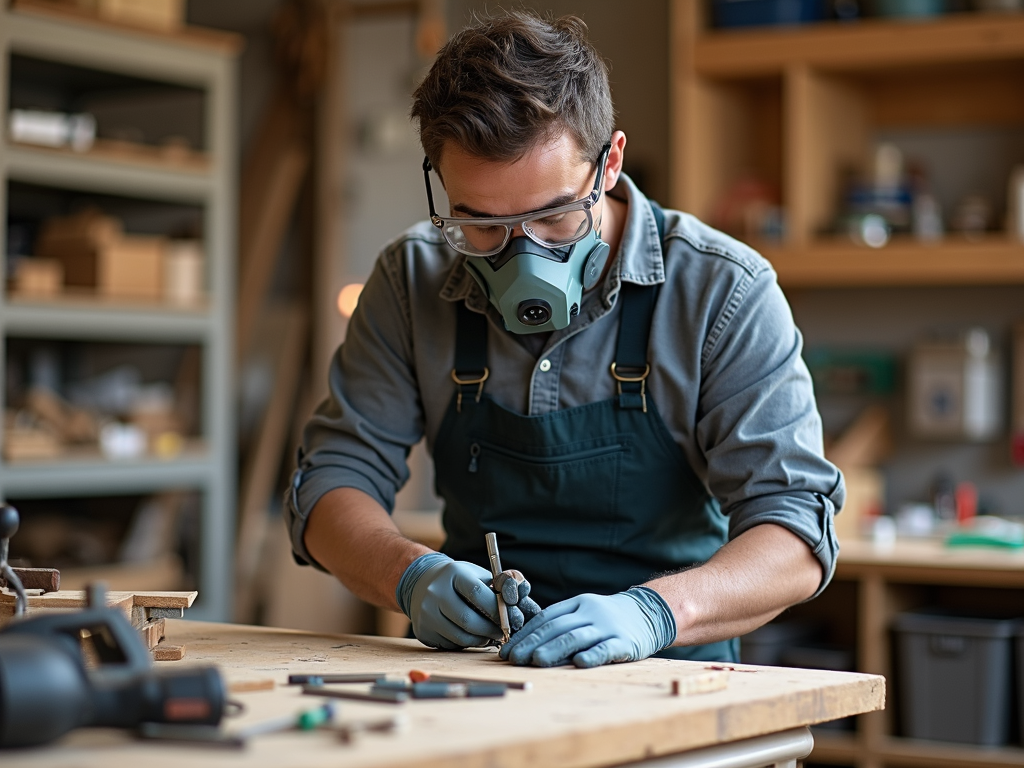
Why Safety Matters in Workshops
Workshops are filled with potential hazards—sharp tools, heavy machinery, and sometimes toxic materials. A single mistake can lead to serious injuries. That's why safety should always come first. I've learned this the hard way. Early in my woodworking journey, I neglected to wear safety goggles while sanding, and a stray wood chip flew into my eye. It was a painful lesson, but it taught me the importance of protective gear. Now, I never step into my workshop without it.
Essential Safety Gear
- Safety Goggles: Protect your eyes from dust, debris, and flying particles.
- Gloves: Use cut-resistant gloves when handling sharp tools.
- Ear Protection: Essential when using loud machinery to prevent hearing damage.
- Dust Mask or Respirator: Crucial for avoiding inhalation of sawdust or chemical fumes.
- Steel-Toed Boots: Protect your feet from heavy objects.
Always wear appropriate gear for the task at hand. It's not just about comfort; it's about preventing injuries.
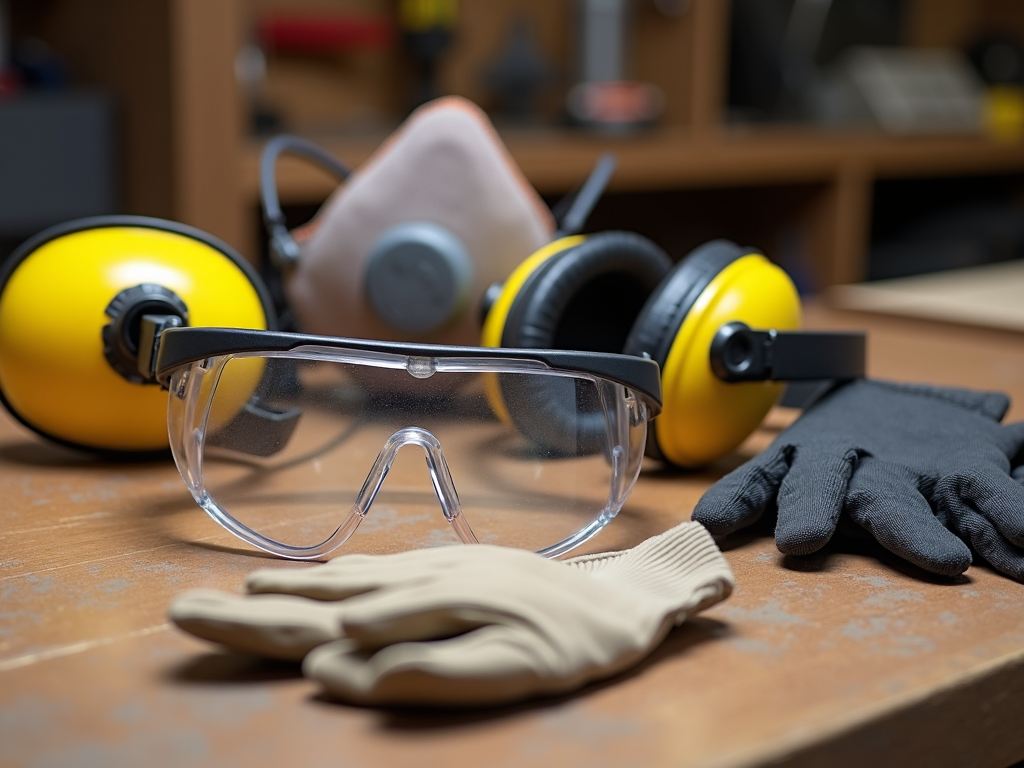
Keeping Your Workshop Organized
A cluttered workshop is a dangerous one. Tools left lying around can cause trips, falls, or accidental cuts. I make it a habit to clean up after every project. Here's how you can maintain an organized space:
- Tool Storage: Invest in a good tool chest or wall-mounted organizers.
- Label Everything: Clearly label drawers and containers for easy access.
- Sweep Regularly: Keep the floor free of sawdust and debris.
- Designate Zones: Have specific areas for different tasks, like cutting, sanding, and assembly.
How to Sharpen Your Cutting Tools
Sharp tools are safer and more efficient. Dull tools require more force, increasing the risk of slips and accidents. Here's a simple guide to sharpening your cutting tools:
- Choose the Right Sharpener: For knives and chisels, a whetstone works best. For saw blades, use a file or a specialized sharpener.
- Maintain the Angle: Keep the blade at a consistent angle while sharpening. For most tools, a 20-30 degree angle is ideal.
- Use Lubrication: Apply water or oil to the whetstone to reduce friction.
- Test the Sharpness: Carefully test the tool on a piece of scrap material.
Regular sharpening not only improves performance but also extends the life of your tools.
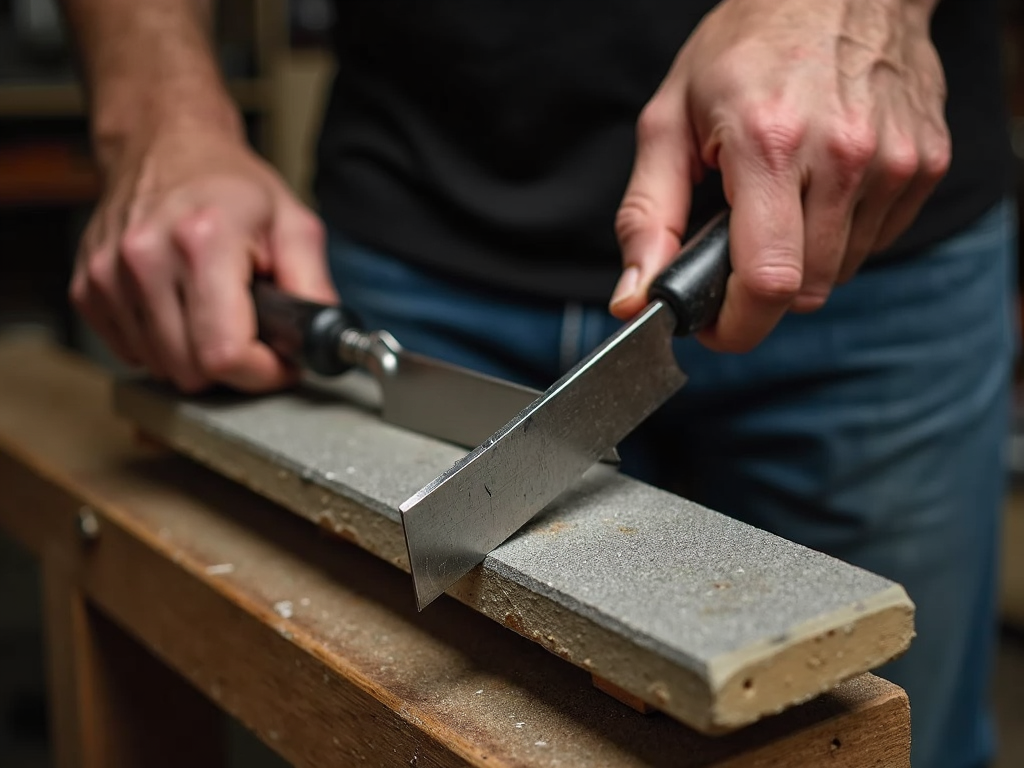
The Ultimate Guide to Workshop Equipment Maintenance
Maintaining your workshop equipment is key to ensuring safety and longevity. Here are some tips for keeping your tools in top condition:
- Clean After Use: Wipe down tools to remove dust and debris.
- Lubricate Moving Parts: Apply oil to hinges, joints, and other moving parts.
- Check for Wear and Tear: Regularly inspect tools for signs of damage.
- Store Properly: Keep tools in a dry, cool place to prevent rust.
For power tools, follow the manufacturer's maintenance guidelines. Regular maintenance not only keeps your tools safe but also saves you money in the long run.
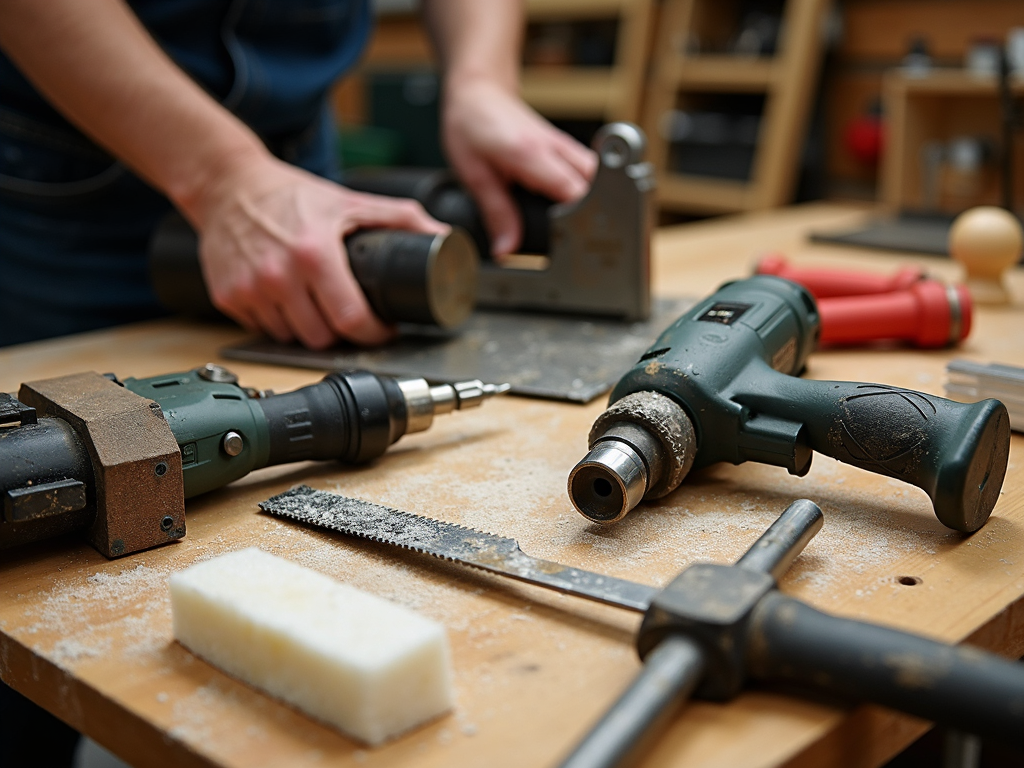
Popular Brands for Workman Tools
When it comes to workshop tools, quality matters. Here are some popular brands known for their reliability and durability:
- DeWalt: Known for power tools like drills and saws.
- Stanley: Offers a wide range of hand tools and storage solutions.
- Bosch: Renowned for precision and innovation in power tools.
- Makita: A favorite among professionals for their cordless tools.
Investing in reputable brands ensures you're getting tools that are safe and built to last.
Workshop Equipment Essentials
Every workshop should have a core set of equipment. Here's a list of must-haves:
- Workbench: A sturdy surface for all your projects.
- Tool Chest: For organized storage.
- Power Drill: Versatile and essential for many tasks.
- Circular Saw: Ideal for cutting wood and other materials.
- Safety Gear: As mentioned earlier, never compromise on safety.
Start with these basics and expand your collection as you gain experience.
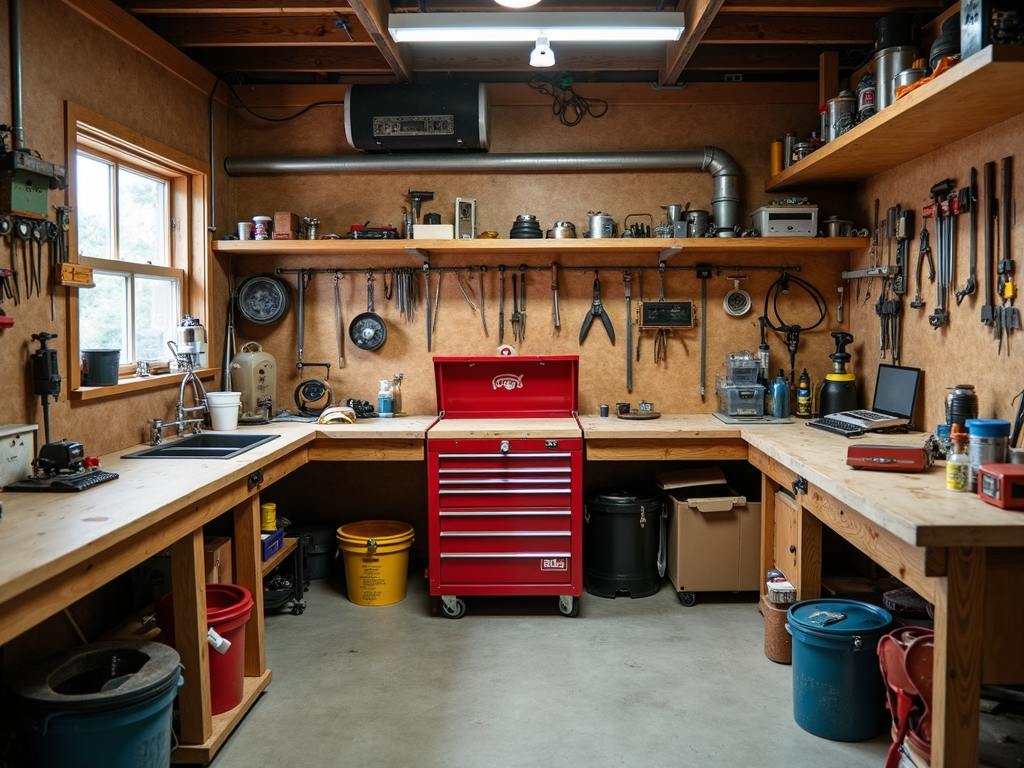
Summary
Safety in the workshop is non-negotiable. By wearing the right gear, keeping your space organized, and maintaining your tools, you can create a safe and productive environment. Remember, sharp tools are safer tools, and regular maintenance extends the life of your equipment. Whether you're a beginner or a seasoned enthusiast, these tips will help you work confidently and safely.
Related Safety Tips for Workshop Enthusiasts:
- Types of Hammers for Different Projects: A Comprehensive Guide
- A Guide to Preventing Work-Related Injuries with Ergonomic Tools
- Top 10 Power Tools Every DIYer Needs
- Guide to Extending the Life of Your Hand Tools
- Comprehensive Guide to Electrical Tools: Everything You Need to Know
- Understanding Different Types of Screwdrivers: A Comprehensive Guide
- Budget-Friendly Tool Sets for DIY Enthusiasts: Your Guide to Affordable Quality
- Top Construction Dangers and How to Dodge Them
- The Ultimate Guide to Workman Tools for Automotive Repair
- Top 10 Must-Have Tools for Every DIYer
- Introduction to Automation Technologies: A Comprehensive Guide
- 10 Tips for Organizing Your Workshop
